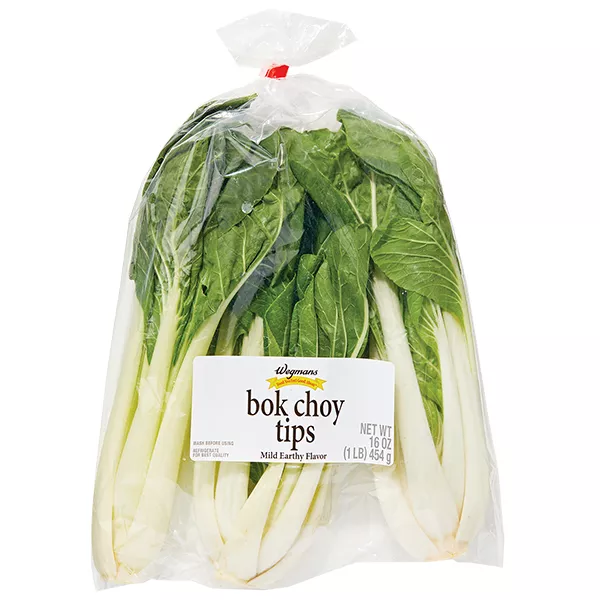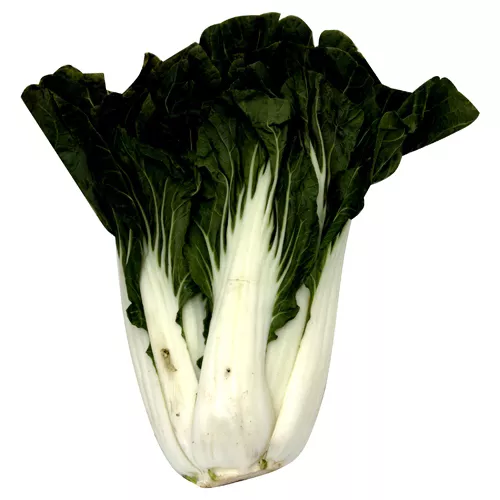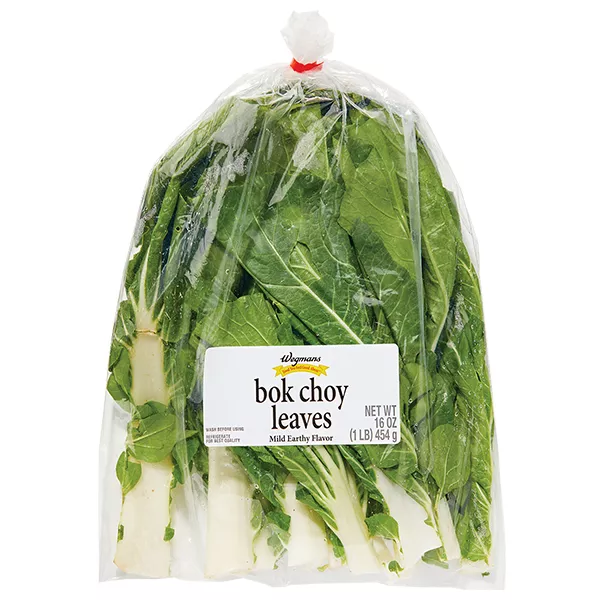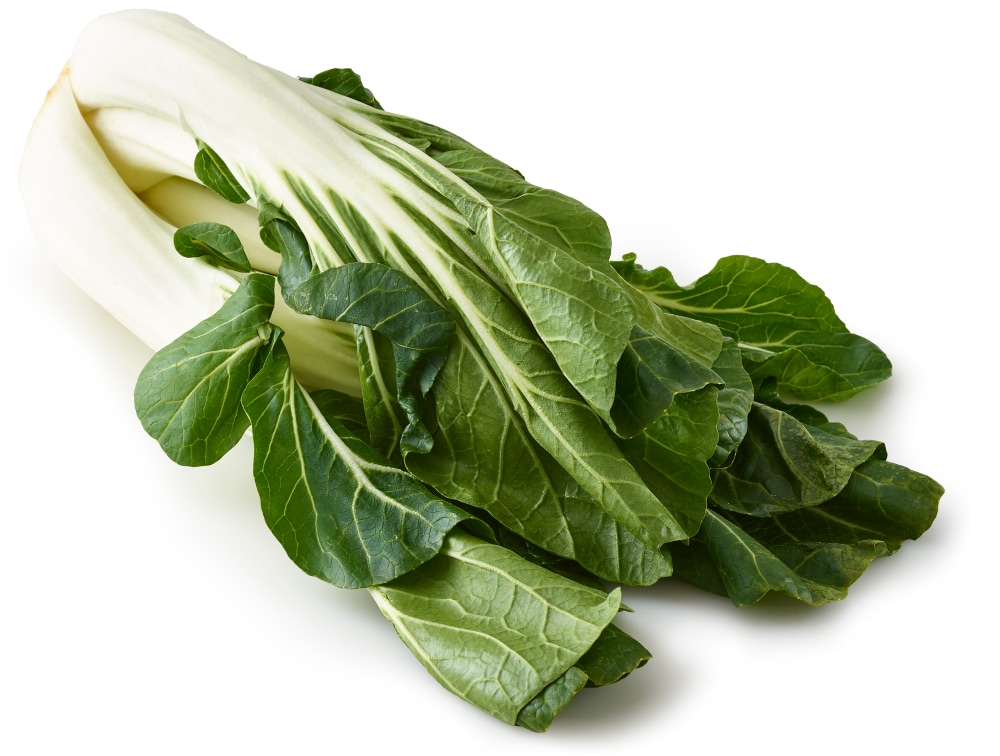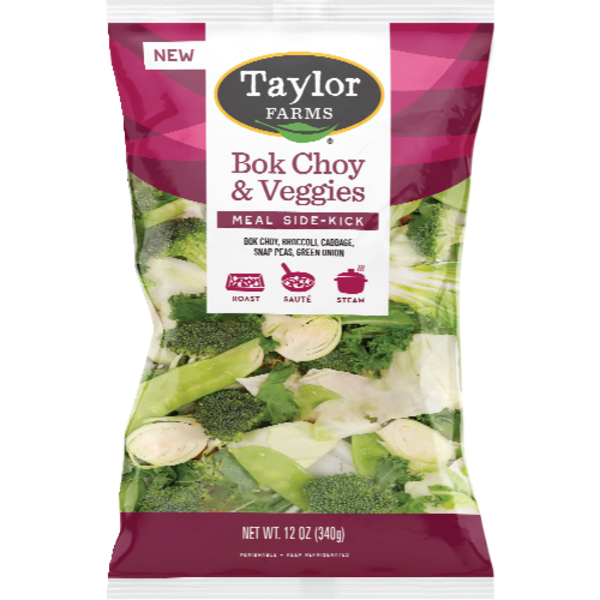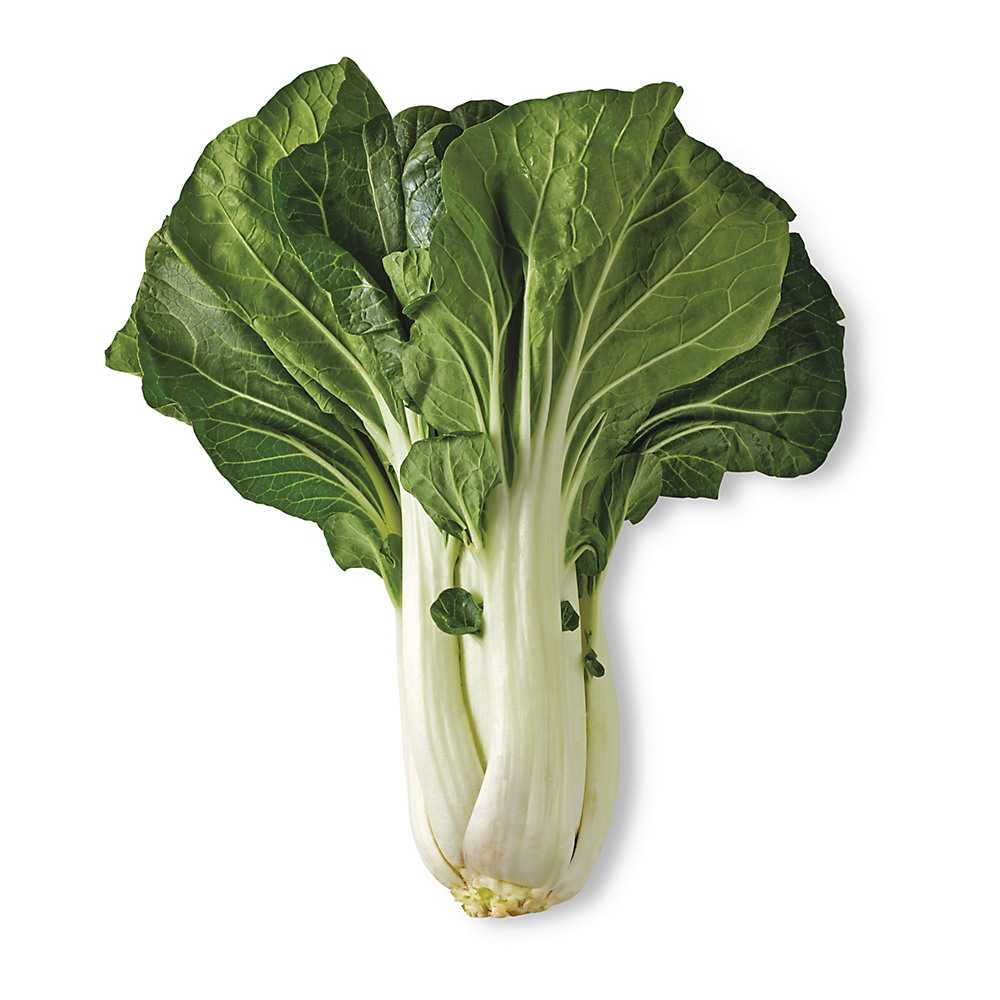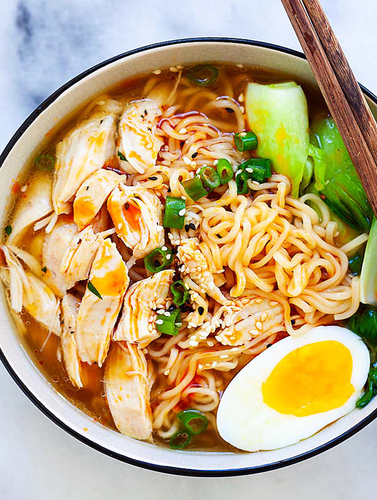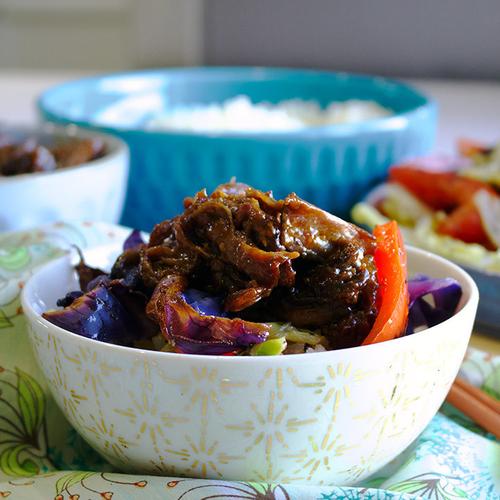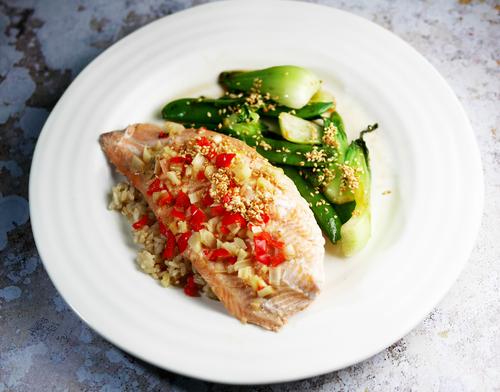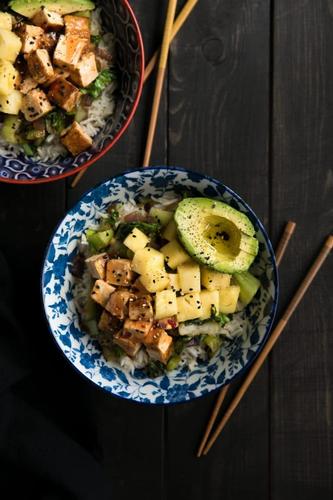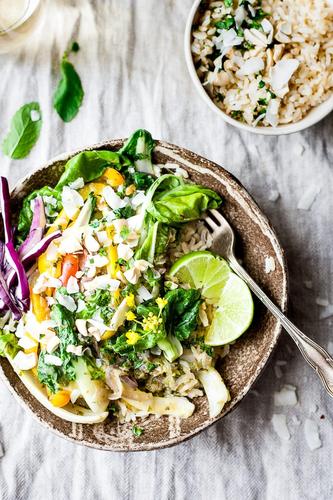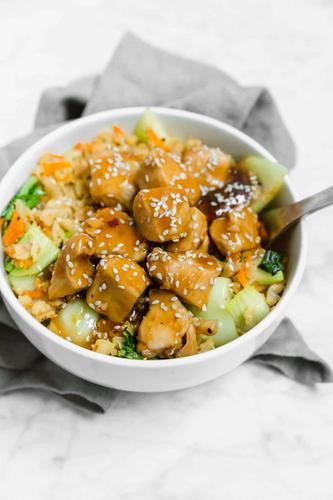MAIN DISHES
SOUPS
SALADS
Bok Choy
Bok choy, also known as Chinese cabbage or pak choi, is a leafy green vegetable widely used in Asian cuisine, particularly in Chinese and Southeast Asian dishes. Its subtle and slightly sweet flavor profile, coupled with its crisp and juicy texture, makes it an excellent addition to a variety of dishes, including stir-fries, salads, soups, and noodle dishes.
Highly nutritious, bok choy contains rich sources of vitamins A, C, and K, as well as other essential nutrients like calcium and potassium. This versatile vegetable can be easily incorporated into dishes for a boost of fiber and antioxidants, promoting overall health and wellbeing.
56%
CARBS
5%
FAT
39%
PROTEIN
277 Bok Choy Products
Used In 20 Recipes
3
Hearty Express-Pot Ramen
4
Sumptuous Teriyaki Chicken Bowls with Crispy Egg Rolls
3
Instant Pot Ramen
2
Asian Short Rib Rice and Veggie Bowls
7
Lemongrass Trout with Coconut Lime Rice
6
Sweet Chili Tofu Bowls with Coconut Rice and Bok Choy
5
Vegetarian Thai Green Curry
Paleo Chicken Teriyaki Cauliflower Rice Bowls
Bok Choy Is Frequently Used With
Bok Choy FAQ
Bok choy, a vibrant green, leafy vegetable, is well-loved in many cuisines worldwide- particularly in Asia- for its crisp texture and mild flavor that pairs well with an array of dishes. However, many people find themselves faced with a host of questions and errors when it comes to cooking with bok choy. A common issue many face is overcooking the bok choy, which leads to a bitter and mushy product that lacks its original bright, appealing color.
When cooking bok choy, the trick lies in timing. First, consider separating the stalks from the leaves, as they have different cooking times - the stalks take longer. Start by cooking the stalks, and then add the leaves towards the end of cooking to avoid wilting them too much.
The simple and unassuming nature of bok choy actually makes it a star ingredient for showcasing in various recipes. Because of its versatility, it can be stir-fried, sautéed, braised, or even eaten raw, making it a staple ingredient for many dishes. One little known tip is to use the root end of bok choy which is usually discarded. It can add a delightful crunchy texture to the dish.
What is bok choy and its nutritional value?
Does bok choy need to be cooked?
Why does my bok choy become mushy and lose its color when cooked?
How can I enhance the flavor of bok choy in my dish?
Can I use the root end of the bok choy?
How should bok choy be prepped before cooking?
Can I use the entire stalk in my dish?
Do I need to blanch bok choy before cooking?
What can I substitute for bok choy in recipes?
Why does my bok choy taste bitter?
Expiration & Storage Tips
When does bok choy expire?
Bok choy typically lasts up to a week in the fridge once it's been purchased from the store. Unwashed and kept in a plastic bag, it should remain fresh for 5-7 days. If you decided to freeze it by blanching it first, bok choy can last up to one year in your freezer. Once it's been thawed and used in your meal, leftovers should be eaten within two days.
How do you tell if bok choy is bad?
Bok choy that has gone bad will exhibit several clear signs. It may become yellow or develop dark spots, and the leaves may begin to wilt. Another indication is when the stems become soft and mushy. If you notice a foul or off smell, this is a definite sign that your bok choy has spoiled and should be discarded.
Tips for storing bok choy to extend shelf life
• Always keep bok choy unwashed until you're ready to use it. This helps prevent excess moisture, which can speed up decay.
• Store bok choy in a loosely closed plastic bag in the fridge. The cool temperature slows down the process of decay.
• Do not store bok choy with fruits that emit ethylene gas (like apples and bananas) as this can make it spoil faster.
• If you need to store bok choy for a longer period, consider freezing it. You will need to blanch it first: Just drop the vegetable into boiling water for one minute, then immediately transfer into ice water to stop the cooking process. After it's cooled, pat dry and store in a freezer-safe bag or container.
• When ready to use frozen bok choy, do not defrost it first. Instead, add it directly to your cooking dish.
EXPIRES WITHIN
6 - 11
DAYS
Equivalents
Substitutes
Health Info
Macros
3g
CARBS
0g
FAT
2g
PROTEIN
Allowed on these diets
LOW FAT
HIGH CALCIUM
VEGETARIAN
KETO
PALEO
WHOLE 30
MEDITERRANEAN
LOW CARB
VEGAN
LACTOSE FREE
GLUTEN FREE

